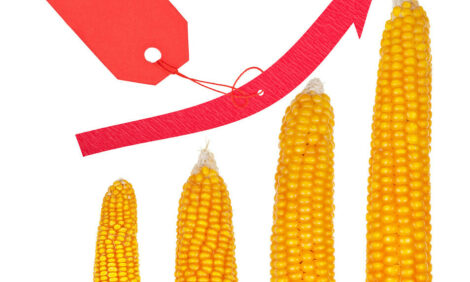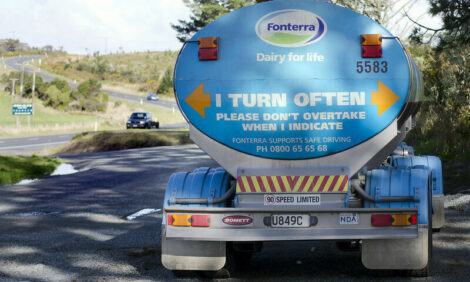



Seafood leads animal protein production growth amid global trade challenges - Rabobank
In 2025, economic conditions, geopolitics, and supply availability will significantly influence global animal protein markets, according to RaboResearch’s Global Animal Protein Outlook. While demand remains uncertain due to macroeconomic fluctuations and policy changes, seafood is poised to surpass poultry as the leading contributor to global protein supply growth.
Production will reach a turning point, with aquaculture and wild catch leading growth
The year 2025 marks a pivotal moment for production across various regions and commodities.
“Overall production is set to grow slightly faster than in 2024, driven by aquaculture, wild catch, and poultry,” says Angus Gidley-Baird, Senior Analyst – Animal Protein for RaboResearch. “Seafood and pork are expected to transition from contraction to growth, while beef will move from growth to contraction, reshaping market dynamics and supply chains.”
Aquaculture and wild catch are projected to grow by 2.3% year-on-year, rebounding from a 0.3% decline in 2024. Poultry will continue its steady growth, while beef production will decline due to contractions in major regions. Pork production will be up marginally (+0.1%) after significant growth from 2021 to 2023 following recovery from African swine fever.
According to Gidley-Baird, growth in terrestrial species production will decelerate in most regions, with Brazil experiencing a 1% contraction. China will see a small increase after negative growth in 2024. Oceania will maintain steady production, while the EU-27+UK, North America, and Southeast Asia will face slower growth than in 2024.
Government policy and macroeconomics will shape demand and access to supply
As the global economy strives for recovery, anticipated policy shifts from new governments could introduce protectionist measures, leading to tariffs and higher trade costs. Military conflicts may further disrupt shipping and freight, impacting global trade and increasing market volatility. Although inflationary pressures have been easing, policy decisions could reverse this trend, potentially weakening consumer demand if incomes do not rise accordingly.
Industries will focus on better biosecurity management
The presence and impact of animal diseases continue to challenge producers. Although vaccines, genetics, and technologies like artificial intelligence aren’t new, the industry will increasingly turn to these solutions to better manage and control animal disease.
Regulatory shifts and nature complicate sustainability initiatives
Sustainability remains a focus for animal protein supply chains, with legislative action and nature-related pressures posing strategic risks. Companies are encouraged to prepare for data collection as reporting guidelines evolve and to find synergies between climate, nature, and regulatory demands through emerging technologies.
Key animal protein markets in 2025
North America
• Beef production will decline, but demand will remain steady.
• Pork production will see modest increases on the back of heavier weights.
• Poultry production will increase, though productivity challenges will limit growth.
Brazil
• Beef supply will decrease due to the retention of females, ending a period of three consecutive years of increases.
• Pork and poultry supplies will increase as their competitive price points bring opportunities in 2025.
Southeast Asia
• Pork production will recover slowly, with African swine fever as a persistent challenge.
• The poultry industry is regaining profitability, with growth returning to historical levels.
Australia & New Zealand
• Australian beef production will remain high, but lamb volumes will decrease from record levels.
• New Zealand will see declines in both beef and sheepmeat production.
China
• Pork production will see modest growth due to slow sow replenishment in 2024.
• Beef production will decline, supporting a price rebound.
• Poultry supply will be sufficient, keeping prices under pressure.
Europe
• Pork production will contract due to smaller sow herds.
• Beef production will continue its structural decline.
• Poultry production will maintain strong growth momentum.



